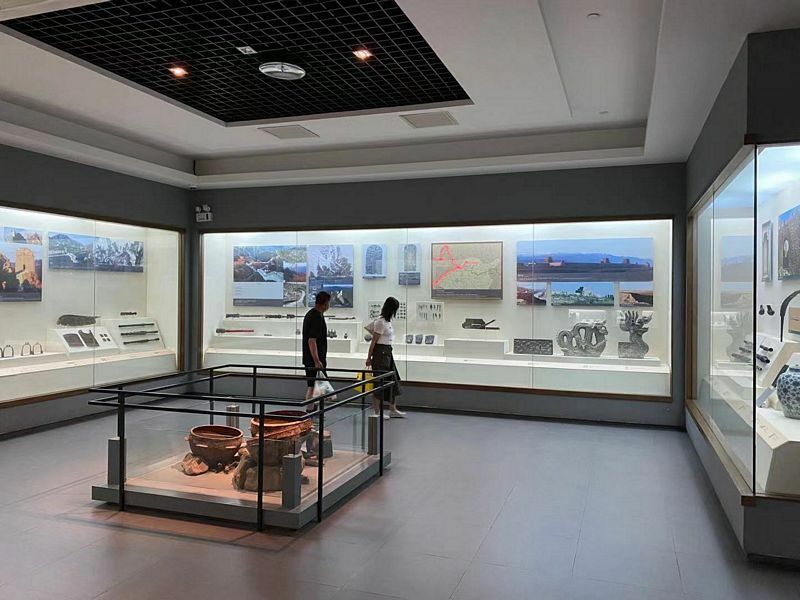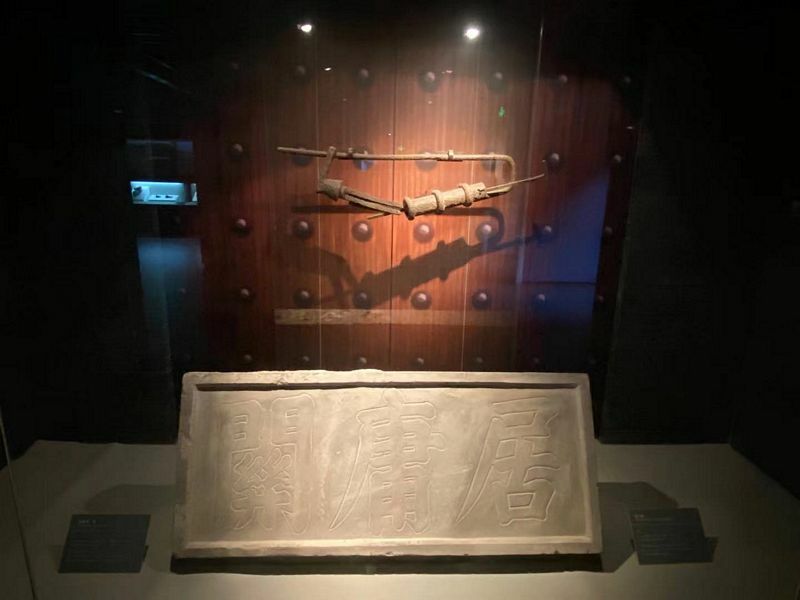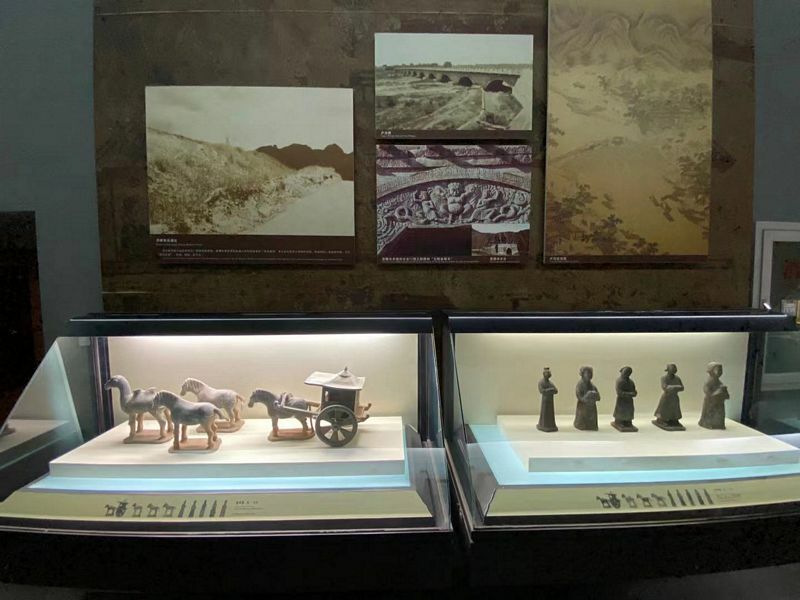It sure is a Great Wall (Museum)!
Great Wall Museum of China
Location: At the Badaling Great Wall location – get there by car, bus, or two rail options. See below for more detail.
Opening: 09:00 – 16:30 Tues – Sun (closed on Mondays)
Cost: Free!

The Great Wall (of China), rightly one of the wonders of the world and possibly the single most famous stricture in China, if not the world. It is vast, complex, built over millennia, and not even a whole wall at all. Famously not visible from space (as if!), but visible in many parts of a vast swather of northern China, from the border with North Korea all the way into the deserts of deepest Gansu, this is rightly regarded as something very special and shouldn’t be missed by anyone visiting China at any time.
There are ruined parts, bits that just look like bumps in a field, fully restored sections, and all points in between. There are funiculars, cable-cars, hikes to wild parts of the wall, and all manner of ways to see and experience this monumental structure. And, of course, there is a museum!
The Great Wall Museum of China is handily located at the site of the Badaling Great Wall, the single most-visited section of the wall, just 90km from Beijing and a place that is very often absolutely swarming with visitors. For anyone looking to experience a near-deserted part of the Great Wall within range of Beijing there are several options, for the simplest and most well-provisioned bit then Badaling is what you want. It is busy and hectic, but it is undoubtedly exceptionally picturesque.

On this visit though I didn’t set foot on the wall, I was there for the museum (and the nearby Zhan Tianyou Memorial as well, get a two-for-one museum experience when visiting this place!).
The Great Wall Museum of China is free to enter and strangely most visitors seem to walk right past it, even though the entrance is clear, and it doesn’t take much time at all (30-60 mins, depending on how detailed you want to be about reading every explanation). The reason most visitors are here of course is for the wall, but the museum does a rather excellent job of explaining the history and meaning of the wall, so in my view shouldn’t be missed.
With different sections devoted to different elements, such as the history of the various walls which are collectively known as the Great Wall now (although the most recognisable parts and what pops into the mind when the term ‘Great Wall’ is uttered would be the Ming Dynasty incarnation), the stationing of soldiers, different construction techniques, art and culture related to the wall, and more, this museum is well-provisioned with relics, models, and the odd panorama. All well-displayed and with clear Chinese and English explanations. A tour can be booked (again in either language) or just a walk around the gets the gist without any planning ahead.

I’ve been to the Great Wall many times, to many different parts too, and I was actually somewhat dreading having to schlep out to Badaling to visit this museum, after all it is notorious for the crowds and the chaos, but I found the museum to be peaceful and very manageable, also it is only about 200m from the exit of the very impressive new Badaling High-Speed Rail Station, so I was inside and learning only just over an hour after leaving my home in the centre of the city.
At the end of the museum there are a couple of bonus displays. One is some basic info on the Yanqing Geopark, an area which the Badaling wall lies within (and which has its own museum, the Yanqing Geopark Museum, in a nearby town), which shares space with a display of many of the world leaders who have visited this part of the wall; Obama, The Queen, Castro, see how many you can identify!
Then the final room, which was roped off for some reason, is dedicated to boasting about the Belt and Road initiative, not much to do with the wall at all, and easy enough to skip, given the welcome lack of propaganda in the rest of the museum after all.
Out front there is a life-size statue of Luo Zhewen, a conservationist who dedicated much of his life to the preservation of this part of the wall. Luo died in 2012 and is touchingly memorialised here.

A note on getting here and away – Badaling is not in Beijing city, it is in the municipality but is quite far from the downtown area and nowhere near the subway at all. There are regular buses from Deshengmen Bus Station (next to the old city gate that houses both the Ancient Coins Museum and the Museum of City Wall Defense), which cost almost nothing but take from 1.5 – 2.5 hours. The highway to Badaling can get very congested on busy days. There are a couple of train options as well. From Beijing North Station or from Qinghe Station high-speed trains departs around a dozen times a day, taking only around half an hour to get to the amazing and impressively vast Badaling High-Speed Station. This is how I got to the area on this visit, it took absolutely no time at all.
To travel back to the city though I went to the older and much more basic Badaling Station, just a few hundred metres walk from the Museum. This station is on a suburban line known as the S2 line and the trains here have no apparent timetable, I was told they change literally every day. The train to Beijing comes along and you grab a seat if you can, it takes between 60 – 90 minutes to get to the Huangtudian Train station in the far north of the city proper (you can connect to the subway here though) and costs just 7RMB. The views are amazing, and the windows are huge, the train runs on the route of the first domestically built train line in China (the Beijing-Zhangjiakou line) and is very highly recommended, even if you have to just take a chance on catching a train from here. I took this slow train back to Beijing on this visit, and on a sunny late Friday morning found it almost completely deserted even though there were hundreds of people arriving to go to the Great Wall.
Alternatively almost every hotel and hostel in Beijing runs a daily trip to the Badaling Great Wall – whether they factor in time to visit the Great Wall Museum of China is something that should be asked about.

Koryo Tours
Museums of Beijing
